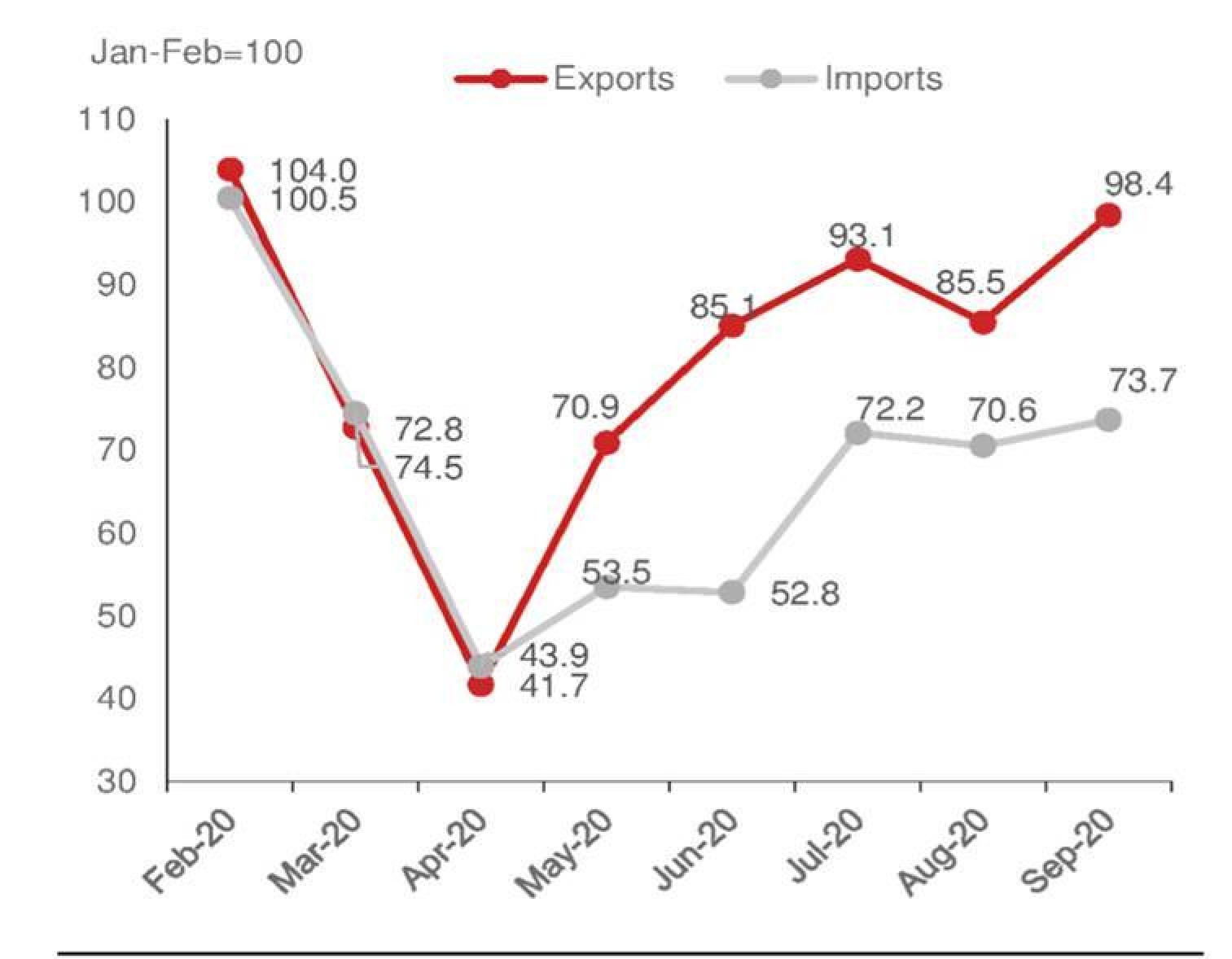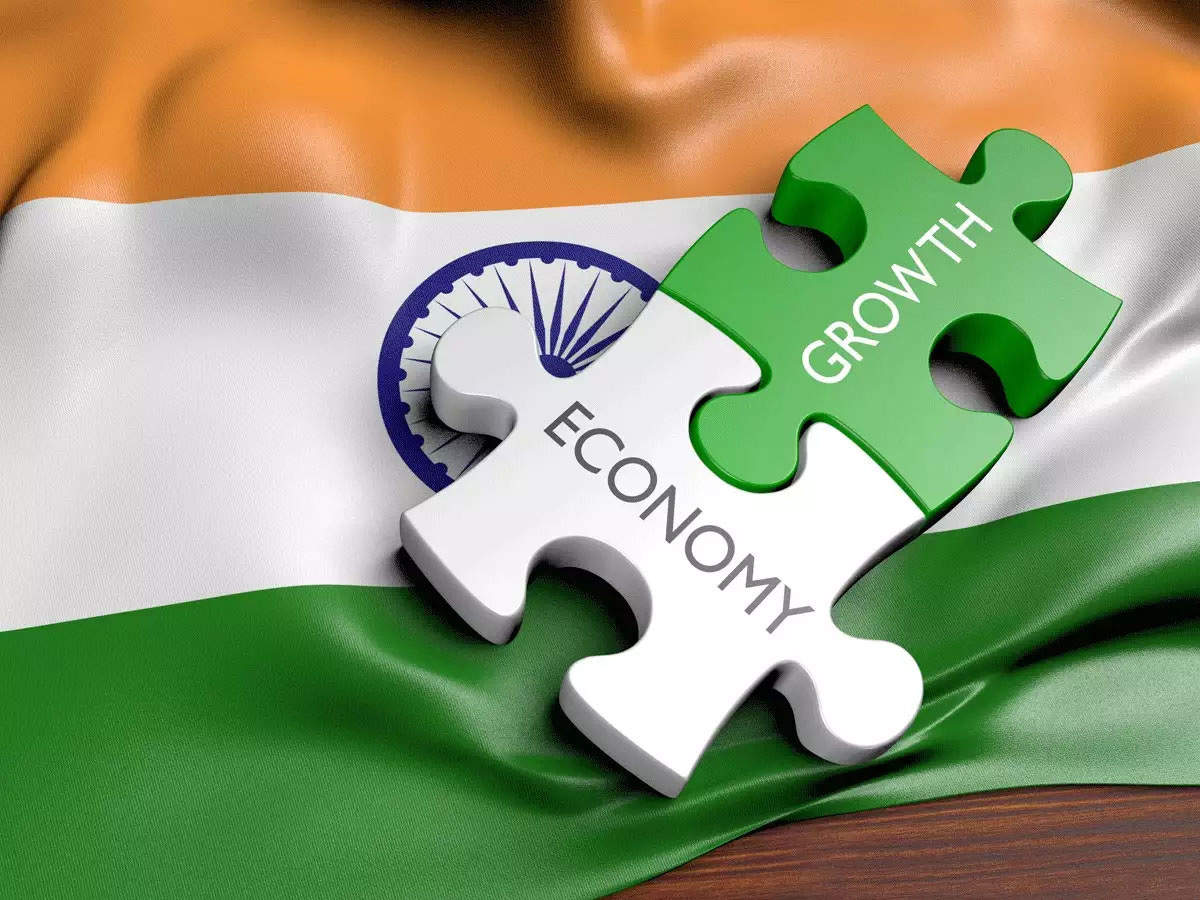
Given the ravages that the Indian economy finds itself in and the blows that have been inflicted on the economy by the odious, non conventional pandemic, it would be an understatement to state that Indian economy is in a nascent stage of its recovery and has a long way to go to fully revive. But it is to be noted that given various, multiple high-frequency indicators, it can be deciphered that an uptick in economic and business activity has been witnessed over the last two months.
This comes even after the brutality of the detestable second wave that had ravaged the economy. It is to be noted that the credit for the limited economic impact during the second wave, on the economy, can be given to restricted lockdowns that were placed partially in various states. But given robust, detestable predictions of a re-surge, states have invariably continued with their partial movement restrictions. Thus, due to partial restricted lockdowns, some key economic indicators have showed a significant recovery since the month of May.

Economy indicators
Talking about economic indicators that have shown recovery, Google Mobility Index stands first to show an improvement in the nascent economy. Given, that restriction that are still placed in various states and the predictions for resurgence of the third wave, which, it is to be noted which are quite likely, 20% deferment is growth.
Other than retail visits to restaurants, cafes and shopping centers, visits to public transport hubs like train and bus stations on the same day i.e. 26 July, were again only down by 11% from the pre-Covid baseline.
Talking about E-way bills, data indicates that they too have pointed towards an uptick. According to several reports, the average daily e-way bill generation significantly had improved to 19.83 lakh for the first 25 days of July, thus it showed a great uptick. It is to be noted that it was an improvement from 18.22 lakh in June to 19.83 lakh in the first 25 days of the same month last year. It is to be noted that the E way bill indicator is a proxy for inter-state and intra-state movement of goods.

Economic recovery future
It is no new that retail outlet visits could witness a further, higher surge due to reopening of various locations. This will be due to reopening of movie halls and entertainment areas that have remained closed throughout the year. According to various reports, Inox Leisure has stated that it will reopen its cinema halls in several cities across the country. These several cities can include cities like Delhi NCR, Jaipur, Lucknow, Surat, Kota, Anand, Bengaluru, Rajkot, Hyderabad, Manipal, Indore etc.
Additionally, it is to be noted that PVR, that is the largest cinema chain in the country, has also stated that it will reopen its halls in just select cities. But why is cinema reopening such a good measure and indicator of economic recovery? This is due to the fact that multiplex cinema, mainly, theatres in malls, are key drivers and measures of footfall in these shopping centers.
Concerns about recovery

Given all the affirmative news about the economic recovery through various indicators, several experts are of the opinion that consumption levels will remain subdued. The reason for the same, according to experts is the curtailed incomes of the masses that were massively hit by the pandemic. The incomes during the pandemic were curtailed due to enhanced household spending on healthcare and due to burgeoning commodity and crude prices that are burning a massive hole in the taxpayers pockets. Lastly, the fears of third wave weigh heavy on the consumer and producers’ sentiments that is the real driver of the economy.
In support of this argument, the Nomura India Business Resumption Index (NIBRI) reportedly fell to 95.3 for the week that had ended on July 25. Nomura in a report stated that “…Mobility, railway freight revenues and GST e-way bill data significantly suggest some stagnancy was seen in the month of July, even as the trade sector remains strong,”.
Additionally, domestic travel also recouped following the detestable, odious second wave. According to the data released by DGCA, domestic air traffic rose by a significant 47% in the month of June compared with the month of May. This was due to the easing of travel restrictions and a significant drop in Covid cases from 4 lakh in May. According to the reports, around 3.11 million passengers flew in the month of June on domestic routes. This was significantly higher compared with 2.12 million that was recorded in the month of May.
To solidify the argument of economic recovery, Passenger vehicle wholesales too showed recovery as its data revealed that that vehicle wholesales had doubled to 2,31,633 units in June. This too was up from 1,05,617 units that were sold in the same month of 2020.
Although, as aforementioned, due to less stringent, partial lockdowns in places, industrial activity was not affected significantly in the second wave. Thus it can be stated that there is still some idle industrial capacity. Devendra Pant, the Chief Economist at the India Ratings stated that “The second wave caused a setback to economic recovery. But industrial activity continued broadly as lockdowns this time were localized and implemented with Covid protocol. there is a scenario of cautious optimism. it is to be noted that consumption levels are still record low as households have seen high health expenditure this season. this has led to dipping of their savings to meet those expenses,”.
Additionally, CARE Ratings maintained that Gross Fixed Capital Formation, which is a significant and a key indicator for investment in the economy, is positively expected to rise only to 27.5% of GDP this fiscal.
The future and the hurdles
As it is no news, the pace of vaccination and the risk of a third wave remain highest risks to the growth of the economy. Nomura stating the same, maintained that “The pace of vaccinations has drastically stagnated. The month-to-date average for the month of July stands at just about 3.7 million doses/day for a country like India”.
According to the latest nationwide survey by the Indian Council of Medical Research, as many as 40 crore people still remain vulnerable. The ICMR has additionally estimated that two-thirds of the population above the age of six have been infected. Thus, how the government will fair in this ordeal is something we will have to wait and watch.




